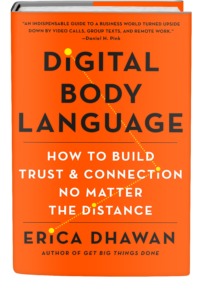
Image courtesy of renjith krishnan / FreeDigitalPhotos.net
2. What is the perfect place to work? Here is an article showing some characteristics of a truly great workplace.
3. While some workplace stress is normal, excessive stress can interfere with your productivity and impact your physical and emotional health. Here are tips to reduce and manage job and workplace stress.
4. This is one of the diciest challenges of office politics, one that invades the cubicle farm and executive suite alike: How to deal with workplace whiners.
5. "Don't just Hear- Listen." One of the tips for effective workplace communication. To improve communication within your team and throughout your entire company, you need to implement a few easy but important changes to your corporate philosophy and practice.









